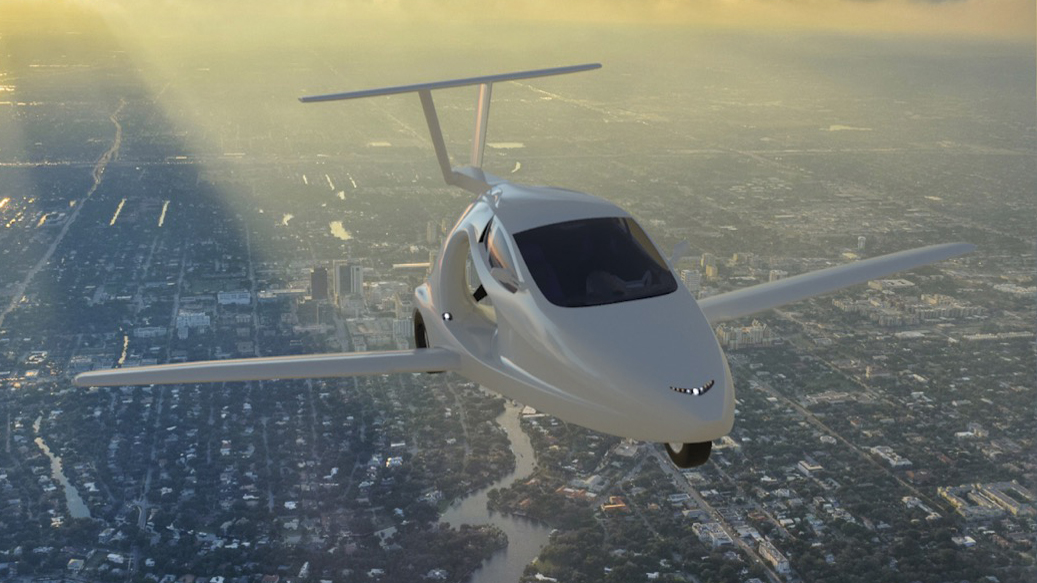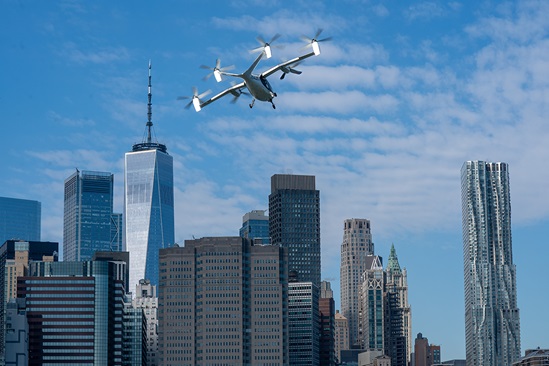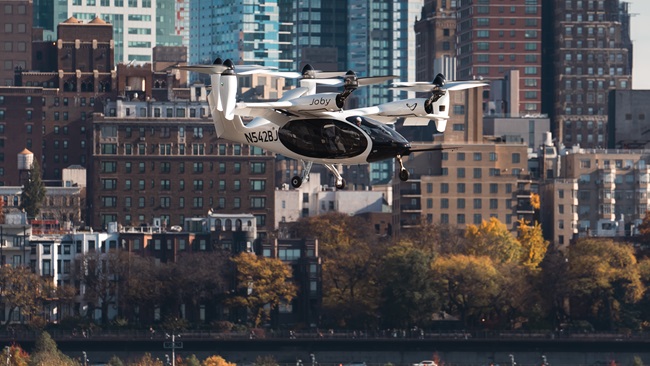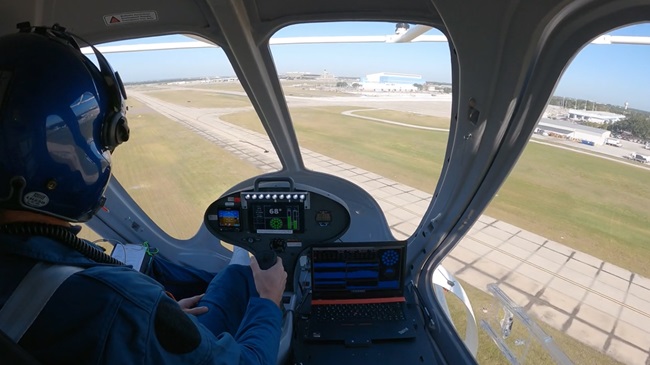Samson flying car to use fly-by-wire controls
Testing said to be well along

Fly-by-wire controls an aircraft through electrically actuated servos and does not need mechanical links such as flight control cables. The Switchblade tail is retracted during ground use, and that complicates a mechanical system.
CEO Sam Bousfield said at a July 26 press conference at EAA AirVenture that after eight years of hard work, the prototype is now "months away" from flight testing, and a public flight test will be conducted in early 2017 if all goes well.
"It won’t be long after we fly that we will be actually in production," Bousfield said.
The three-wheeled, roadable aircraft gets its name from the way it folds its wings into the belly in two minutes to protect them during ground travel, a feat of mechanical origami that drives the need for a fly-by-wire control system for the rudders. Mechanical linkages move the other flight control surfaces.
Ground tests at an automotive testing facility exceeded 100 mph and set new marks for vehicles with a comparable wheel base, Bousfield said. Powered by a liquid-cooled V-4 engine, similar to the front half of a Corvette engine, the supercharger-equipped Switchblade engine will produce up to 190 horsepower and a top speed of 170 knots is expected once the Swtichblade is airborne. The kit aircraft weighs 1,750 pounds, and Bousfield said the target price is $140,000 for everything except paint and a three-week builder assist program at the Oregon factory.
The company is accepting reservations online with no deposit required until production begins, Bousfield said. He did not offer a specific timetable for that.
"I've given dates, and they've slipped a bit," Bousfield said.
A few customers have already purchased a Switchblade. Gerry Clark, a retired aerospace engineer who built satellites for General Dynamics (as a lead project engineer) said he's "anxious to get hold of mine." Clark bought his Switchblade four years ago (at a significantly lower price offered to a select group of early adopters) and has been patiently waiting. A New Mexico resident, he looks forward to the convenience of being able to travel long distances in a short time, and said the design "makes so much sense, because you do have a little bit of origami" in the folding scheme. "It's elegant."
Clark, who flew B-52 bombers in the U.S. Air Force, said he's particularly looking forward to the convenience of having air transportation with no hangar required.
"It's different," Clark said of the design, and that was part of the appeal. "It looks like an airplane in the air, hopefully," he added, noting that with an engineering background he remains "a realist."
Jim Moore contributed to this report.



